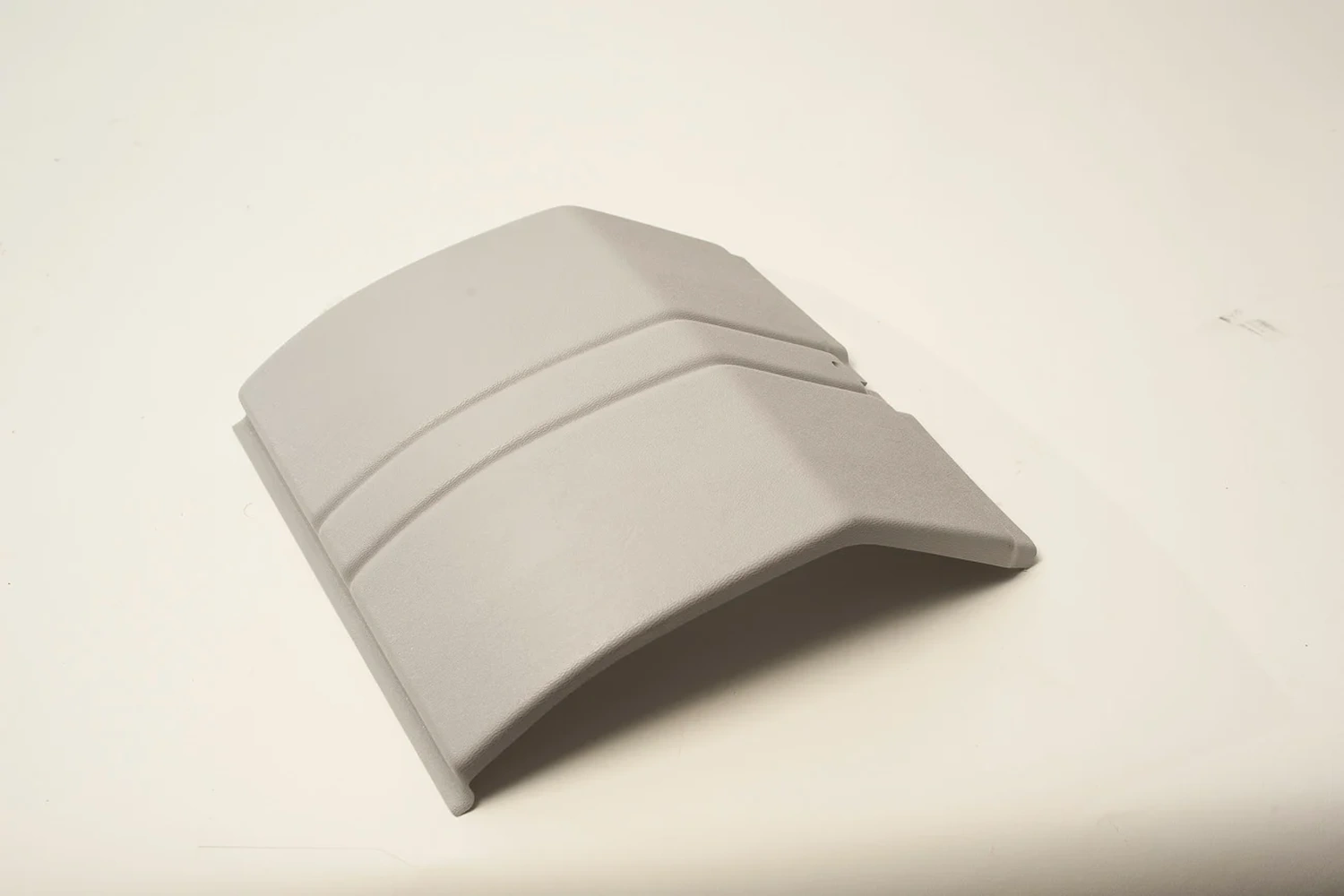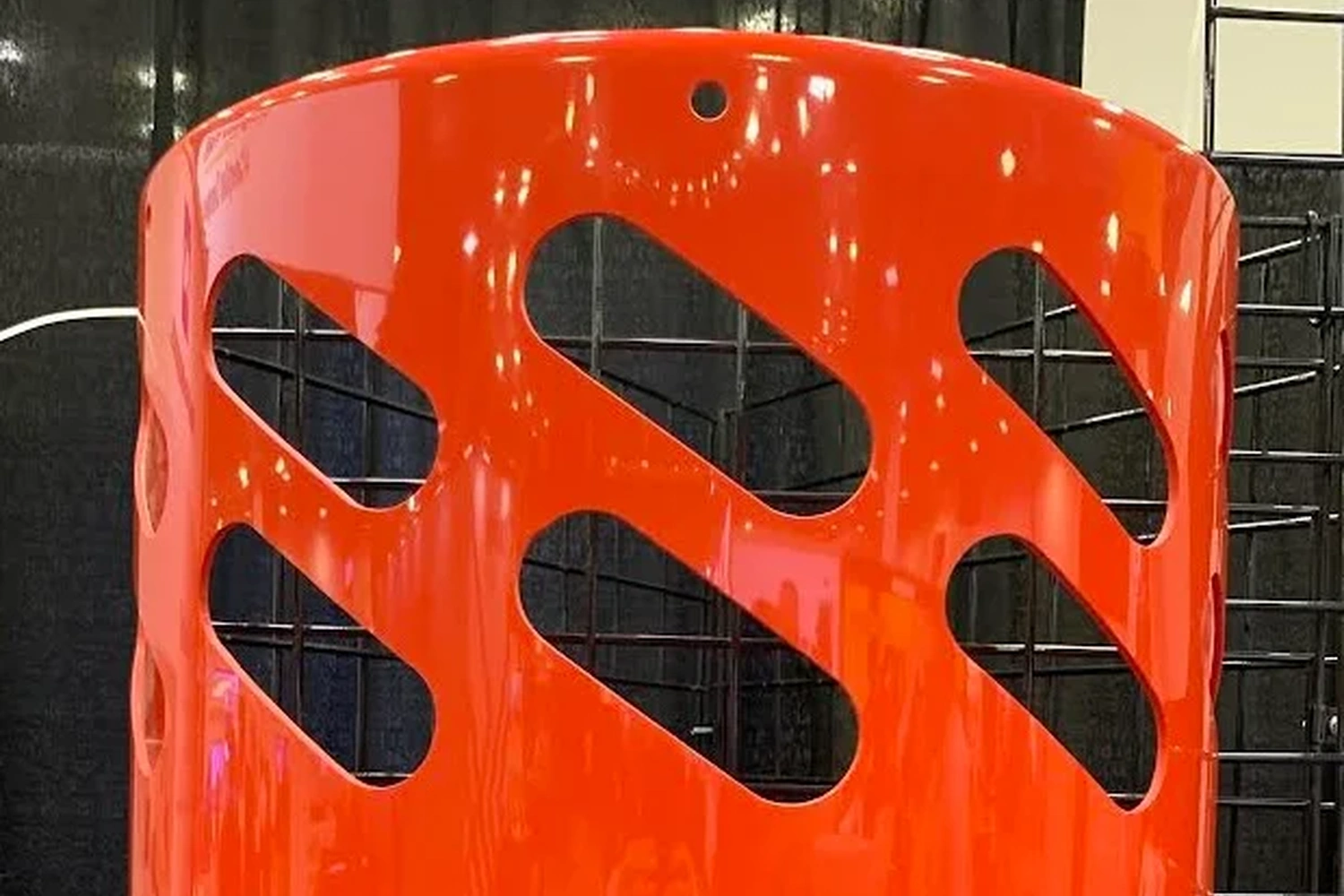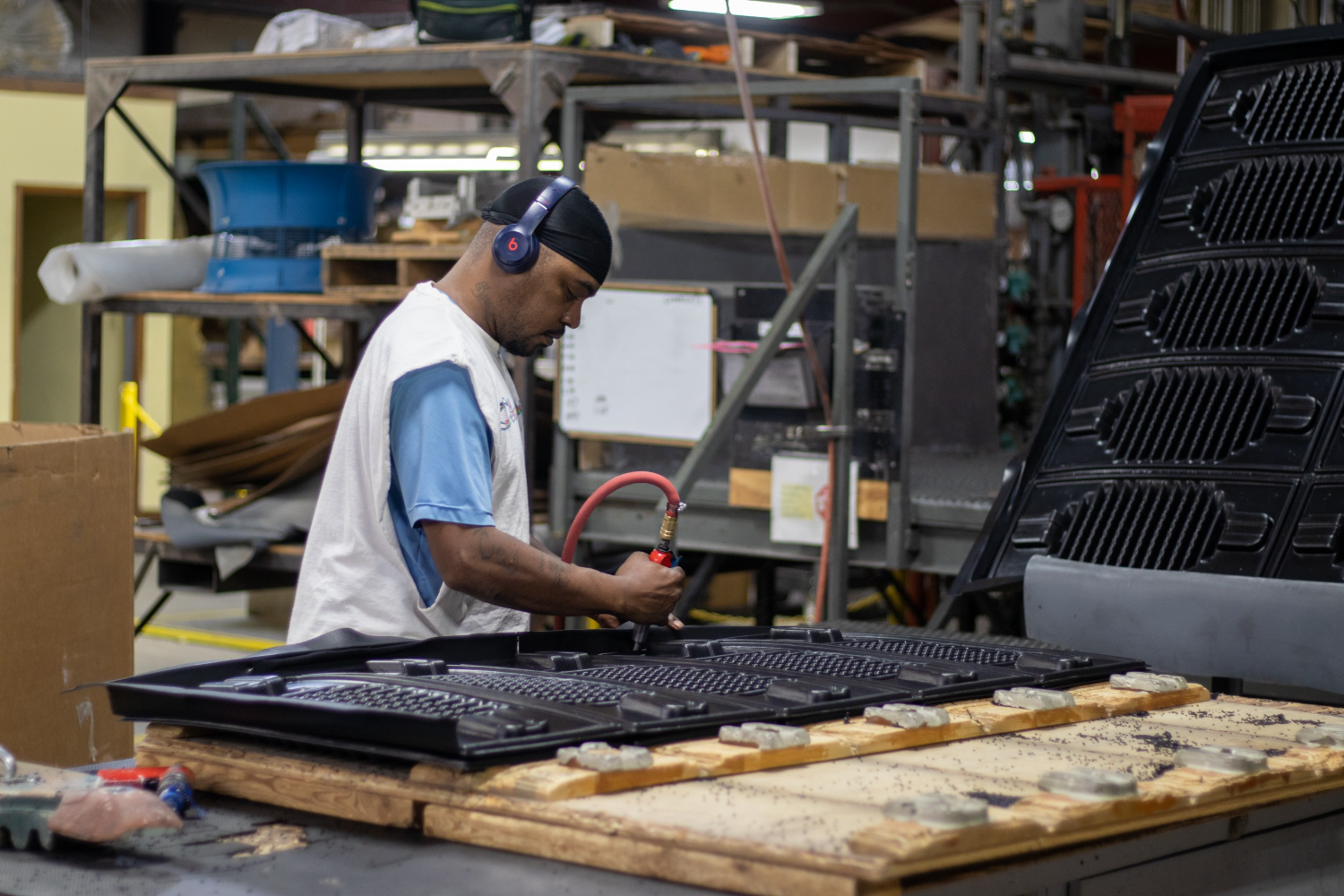Understanding the Shelf Life of Unformed Plastic Sheets: The Impact of Hygroscopicity in the Forming Process
For thermoforming manufacturers working with plastic sheets, ensuring optimal product quality and durability is critical. One often overlooked factor that can significantly affect the performance of plastic sheets is their shelf life.
Unformed plastic sheets, particularly those prone to hygroscopicity, can undergo detrimental changes over time if not handled and processed correctly. In this article, we delve into the reasons behind the shelf life of unformed plastic sheets, focusing on the hygroscopic versus non-hygroscopic processes, the effects of moisture during forming, and strategies to mitigate these challenges..jpg?width=600&height=492&name=2024-04-19%2009.36.21%20(1).jpg)
Understanding Hygroscopic vs. Non-Hygroscopic Processes
Plastic materials can be classified based on their affinity for moisture absorption. Hygroscopic materials readily absorb moisture from the surrounding environment, while non-hygroscopic materials exhibit minimal moisture absorption properties. This fundamental difference has profound implications for handling and processing plastic sheets.
When exposed to ambient moisture, hygroscopic plastic sheets can undergo a process where moisture infiltrates the material. Different materials can retain different amounts of water going as high as 9% of its total weight.
The Forming Process and Its Effects on Hygroscopic Sheets
During the forming process, hygroscopic plastic sheets are particularly susceptible to the adverse effects of moisture.
Applying heat and pressure exacerbates the release of moisture trapped within the material, causing vapor bubbles to expand and potentially compromising the product's structural integrity. Manufacturers must be vigilant in handling hygroscopic sheets to prevent these issues from arising.
Mitigating Moisture-Related Challenges
Preventing moisture-related issues in plastic sheets requires a proactive approach that spans from material selection to processing techniques. Here are several strategies, ranging from least expensive to most costly, that manufacturers can employ:
1. Use freshly extruded materials: Opting for recently extruded plastic sheets minimizes the likelihood of moisture absorption, as they have had limited exposure to environmental conditions.
2. Properly store materials before use: Storing plastic sheets in a controlled environment with regulated temperature and humidity levels can help prevent moisture ingress before thermoforming.
3. Adjustments to the molding process: Fine-tuning molding parameters such as temperature and pressure can mitigate the impact of moisture during forming, minimizing the formation of vapor bubbles and surface defects.
4. Pre-drying material before molding: For highly hygroscopic materials, pre-drying them in specialized equipment before molding can effectively remove moisture and enhance product quality. While this approach incurs additional costs, the benefits in terms of product performance may outweigh the investment.
The shelf life of unformed plastic sheets is influenced by many factors, with moisture content playing a pivotal role, particularly in hygroscopic materials. Manufacturers must be cognizant of the challenges posed by moisture during the forming process and adopt proactive measures to mitigate its detrimental effects.
By understanding the distinctions between hygroscopic and non-hygroscopic processes and implementing appropriate strategies, manufacturers can uphold the quality and durability of their plastic sheet products, ensuring customer satisfaction and market competitiveness.



